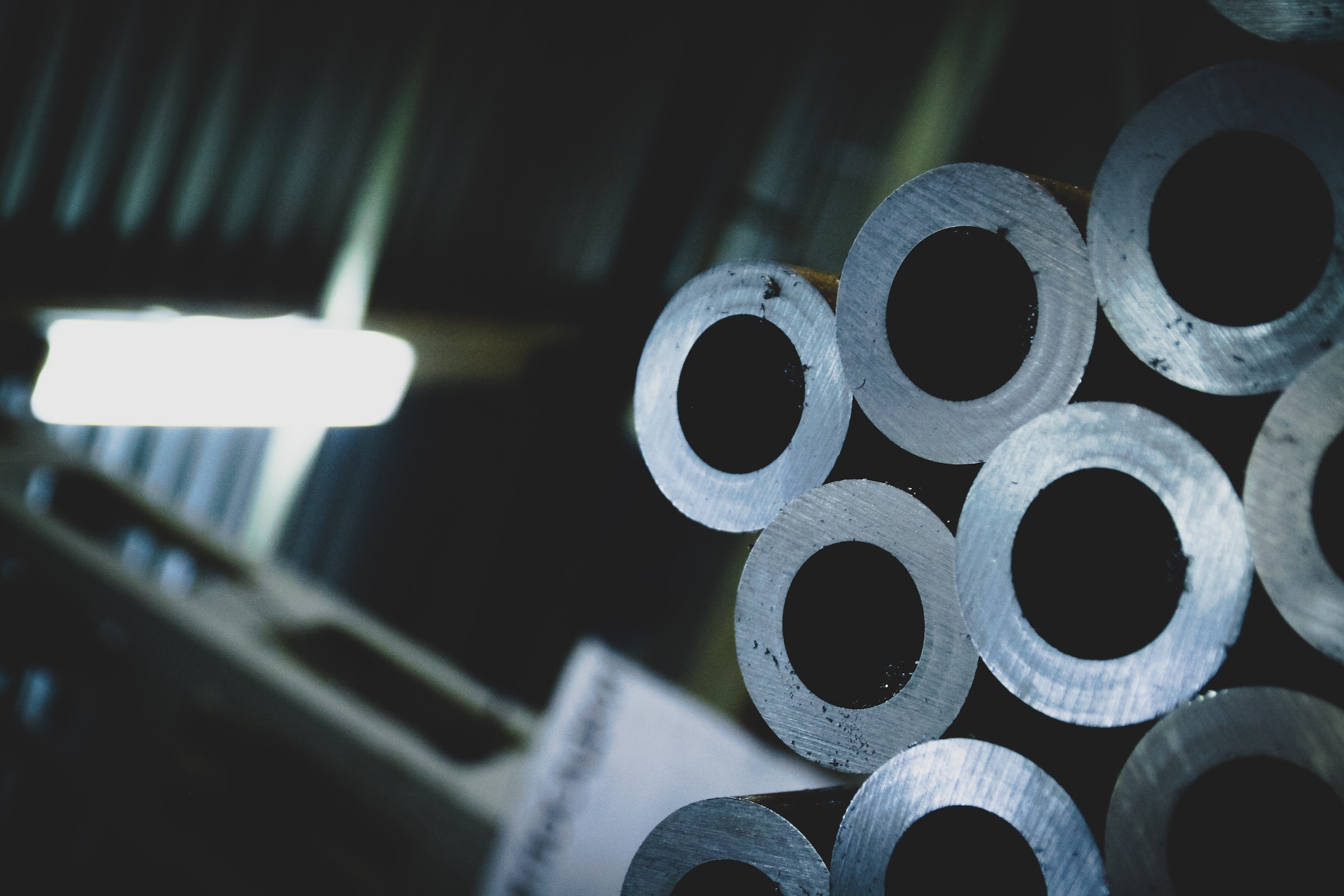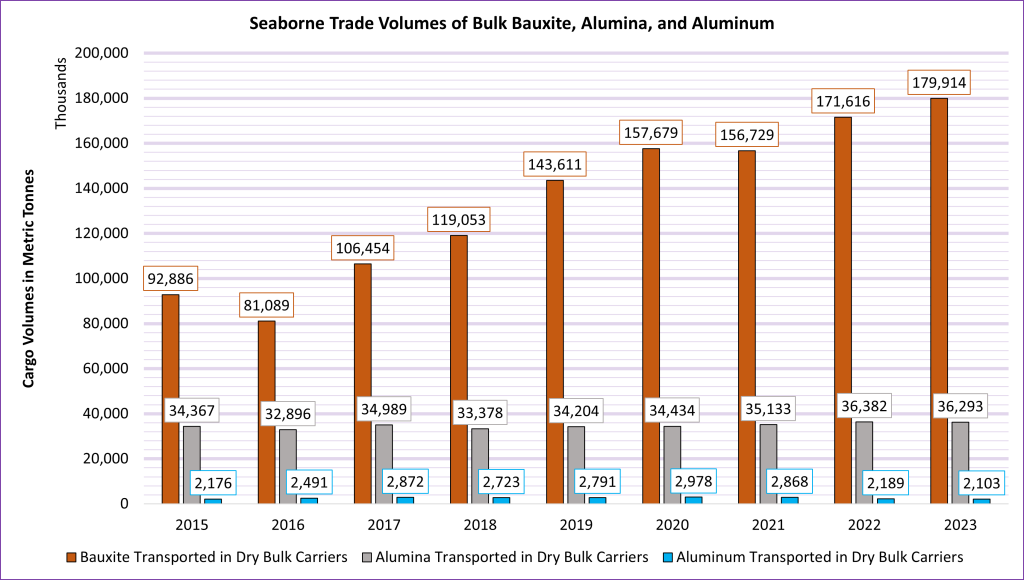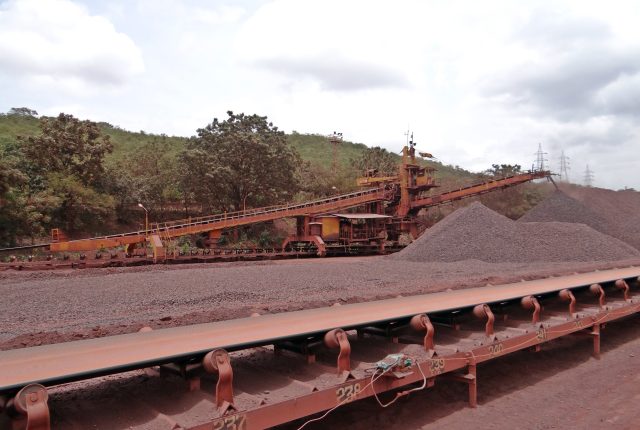
Maritime Bauxite Trade Surges, Alumina and Aluminum Steady
Bauxite, alumina, and aluminum are closely related materials essential to the aluminum industry. Bauxite is the primary mineral source, consisting mainly of aluminum hydroxide minerals mixed with various impurities. Through the Bayer process, bauxite is refined into alumina, a precursor to aluminum metal produced via the Hall-Héroult process, involving electrolytic reduction in a molten cryolite bath.
The USGS estimates the world’s bauxite resources at 55 to 75 billion tonnes, predominantly located in Africa (32%) and Oceania (23%), with significant deposits also in South America, the Caribbean, Asia, and other regions.
Aluminum has been in commercial production for just over a century and is prized for being lightweight, malleable, and resistant to corrosion. It is heavily utilized across multiple industries, including transportation, packaging, and construction, and is the most used metal after iron.
The chart presents seaborne trade volumes of bauxite, alumina, and aluminum from 2015 to 2023, based on historical AIS vessel movement data from AXSMarine. It covers international trade conducted by all sizes and ages of dry bulk carriers, excluding domestic routes. From 2015, when the trade volume of bauxite was 92.88 million metric tonnes, there has been a noticeable increase, reaching 179.91 million metric tonnes in 2023. Despite the significant year-over-year increases in bauxite trade, the volumes of alumina and aluminum traded by sea have remained relatively stable over these years.




